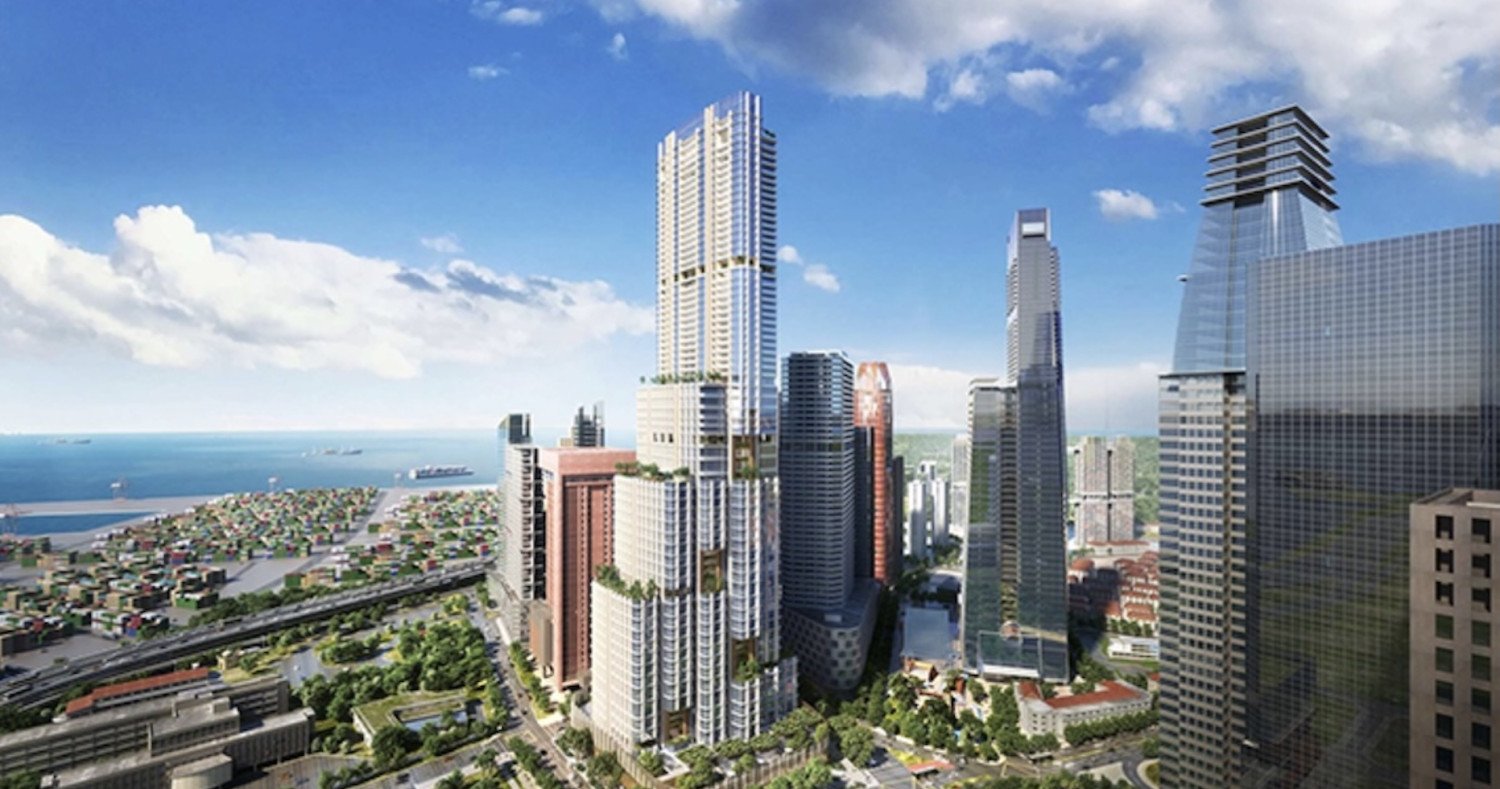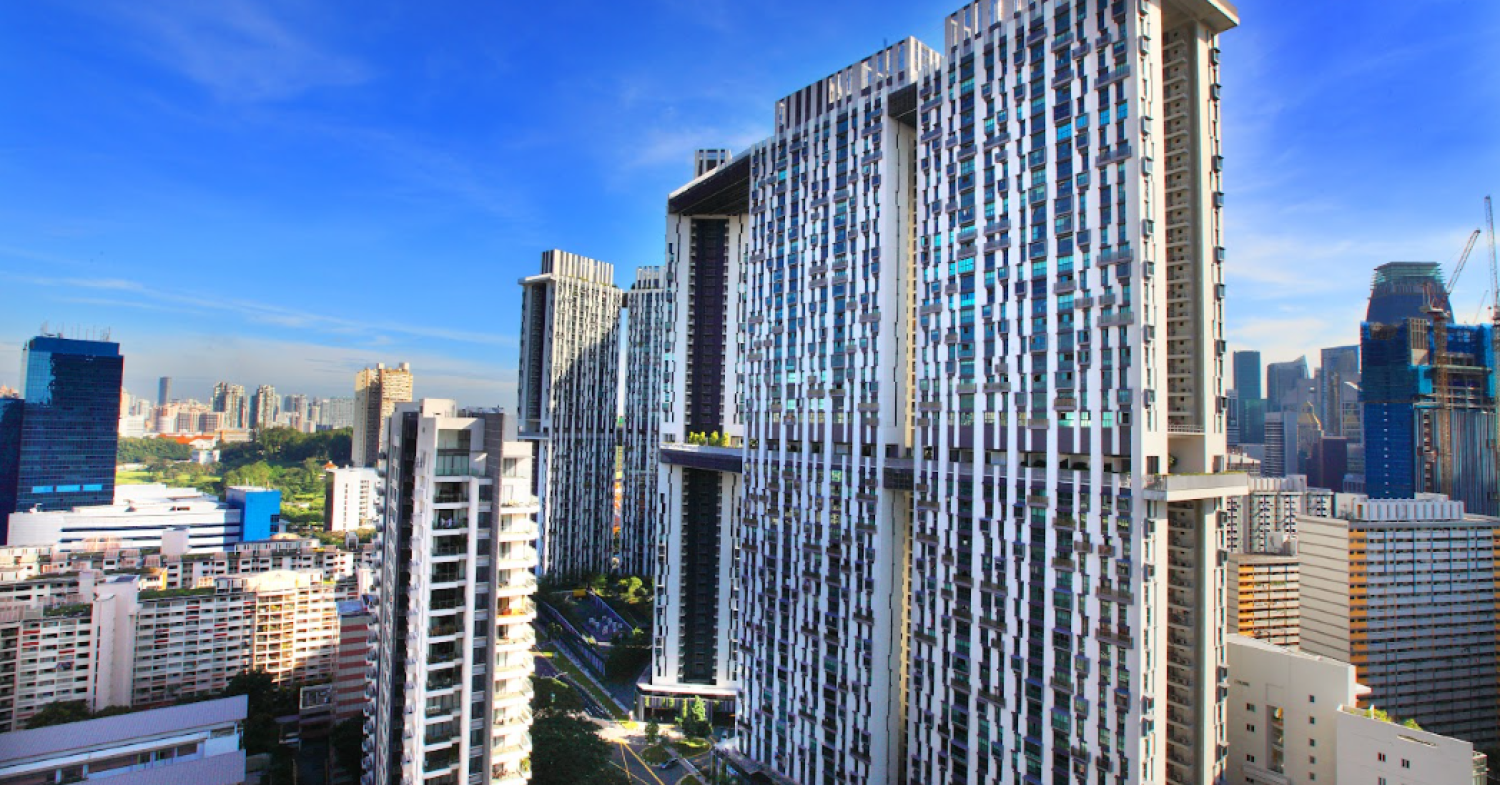
More than half of the real estate investment capital flowing into Johor’s property market in the first four months of this year came from cross-border sources. According to Govinder Singh, executive director of Apac Capital Markets at Colliers Singapore, these investors are primarily focused on acquiring development sites within the Johor-Singapore Special Economic Zone (JS-SEZ) to expand their land banks.
Singh shared these insights during a presentation titled Bridging Borders: Real Estate Opportunities in the Johor-Singapore Special Economic Zone, held on May 6 at Maybank Tower and jointly organised by Maybank Singapore and the Real Estate Developers Association of Singapore (Redas).
Citing research from Colliers, Singh says cross-border investment accounted for 51.8% of total inflows, led by Singapore-based investors, followed by capital from Japan, the US, China, Australia, Canada, Hong Kong, the UK and Taiwan.
At the same time, REITs and listed real estate entities accounted for 41.2% of capital inflows into Johor during the first four months of this year. The remaining investment came from institutional and private funds. Last year, total real estate investment inflows into Johor reached approximately $2.1 billion, with about $700 million committed year-to-date.
“The proposed JS-SEZ presents new opportunities for deeper cross-border collaboration and investment between Singapore and Johor,” says a Redas spokesperson. “While the initiative is still taking shape, there is growing interest in its potential across sectors such as real estate, trade, infrastructure and hospitality.”
JS-SEZ outlook positive
Real estate investors and developers have responded positively to the formal signing of the JS-SEZ agreement in January, says Alvin Lee, country CEO of Maybank Singapore. “As an integrated zone for business and investment, the JS-SEZ aims to drive activity across 11 sectors, with a 10-year goal of supporting the expansion of 100 projects,” he adds.
According to Lee, the JS-SEZ represents the boldest attempt by both the Malaysia and Singapore to co-operate on a bilateral basis. “At this take-off stage, we are at an inflection point. From our interactions with our clients, there is strong interest from international businesses seeking a safe haven where there is strong rule of law and access to resources in these uncertain times. In this regard, combining the complementary strengths of Malaysia and Singapore, the JS-SEZ is a compelling proposition,” he says.
Alvin Lee, country CEO of Maybank Singapore, notes that the SEZ complements the economies of both countries. (Picture: Albert Chua/The Edge Singapore)
Vinothan Tulisinathzan, Minister Counsellor of the Malaysian Investment Development Authority (MIDA) in Singapore, echoes this view. “The establishment of the JS-SEZ will give investors more choice — whether to set up high-value services in Johor, support manufacturing growth in Singapore, or anchor regional operations within the SEZ,” he adds.
The JS-SEZ spans nine flagship zones across southern Johor, each designated for specific economic activities. Areas such as the Johor Bahru Waterfront and Iskandar Puteri are earmarked as hubs for global services, while the Kulai-Sedenak zone is focused on advancing the AI and quantum computing supply chain, as well as medical devices and pharmaceuticals.
“Johor’s economy has transformed in recent years, and the government is keen to attract and retain more skilled workers to support the growth of high-value service and manufacturing industries,” says Tulisinathzan. He adds that employers must shift their focus and offer competitive wages to attract local workers, rather than depending on low-wage foreign labour.
In line with this, the Forest City area, located closer to Singapore, is set to be developed into a Special Financial Zone. This initiative will offer incentives to boost financial services, including family offices and fintech, while also transforming the area into a duty-free zone.
Cost advantage
Singh notes that the significantly lower cost of development and industrial land in Johor compared to Singapore is set to be a key driver of growth in the JS-SEZ over the next decade. He highlights that, on average over the past five years, industrial land in Johor has been around 96% cheaper than in Singapore.
Building on this cost advantage, Singh believes opportunistic investors and developers should focus on select real estate assets poised to benefit from a successful JS-SEZ. He points to properties supporting business tourism, international tourism and certain residential segments as particularly promising.
“Johor is well positioned to capitalise on the incentives from the SEZ and connectivity to Singapore to offer complementary meetings, incentives, conferences and exhibitions (Mice) solutions and grow contributions from business tourism into Johor,” says Singh.
He adds that the SEZ is set to develop new Mice facilities, hotels and retail projects, creating a thriving Mice ecosystem that is expected to boost hotel occupancy and stimulate retail spending.
Singh recommends investing in business tourism, affordable housing and built-to-rent accommodation within the JS-SEZ. (Picture: Albert Chua/The Edge Singapore)
However, Singh points out that the lack of a vibrant entertainment scene in Johor could limit inbound international tourism and discourage overnight hotel stays. He adds: “A more seamless transport connectivity between Singapore and Johor can encourage more overnight hotel stays.”
Colliers projects that the number of overnight visitors to Johor could reach around eight million by 2030, up from four million in 2024. To accommodate this growth, hoteliers and developers will need to add approximately 14,000 new hotel rooms.
Singh notes that investors could benefit from targeting mid-market or four-star hotel assets, given the anticipated rise in demand. There may also be room for a five-star property catering to Mice-related travel. He highlights Desaru, on Johor’s east coast, as a promising area for tourism development.
Opportunity in oversupply
Johor’s residential market continues to face an oversupply, with around 3,030 unsold units in 3Q2024, notes Colliers. However, the consultancy sees potential in the affordable housing and built-to-rent segments, driven by future demand from the completion of the Johor Bahru-Singapore Rapid Transit System (RTS).
This optimism aligns with broader government initiatives aimed at boosting cross-border economic activity. The JS-SEZ represents the most significant effort by the Singapore and Malaysian governments to ensure the success of a special economic zone, with the policies and initiatives introduced so far being both comprehensive and far-reaching, says Paul Chong Wee, director of real estate and corporate banking at Maybank Singapore.
Johor’s economy has undergone significant transformation in recent years, and the government is eager to attract and retain more skilled workers, says Tulisinathzan. (Picture: Albert Chua/The Edge Singapore)
Tulisinathzan of MIDA further reassures that the JS-SEZ is unlikely to be derailed by shifts in Malaysia’s political landscape. He emphasises that the zone was designed to provide long-term economic advantages for investors, supported by functional, business-centric agreements that transcend political changes.
He adds that one of the key goals of the SEZ is for policymakers to collaborate with the private sector to upgrade existing transport infrastructure and address gaps in the industrial production and value chain.
Meanwhile, Colliers’ Singh notes that demand for data centre development in Johor is expected to moderate in the coming quarters due to limited energy capacity and resources to support future growth. As a result, the development of transport networks and affordable residential projects around transport nodes presents new opportunities for developers.
Lee of Maybank adds: “For property development and investments, the hospitality and MICE sectors demonstrate strong potential due to the shortage of international quality properties and in view of Visit Malaysia Year in 2026 where 36 million tourists are targeted (2025 government target: 31 million). We expect Johor to be a major tourism beneficiary given its proximity to Singapore and ensuing bleisure (business-leisure) activities as the JS-SEZ ramps up”.







